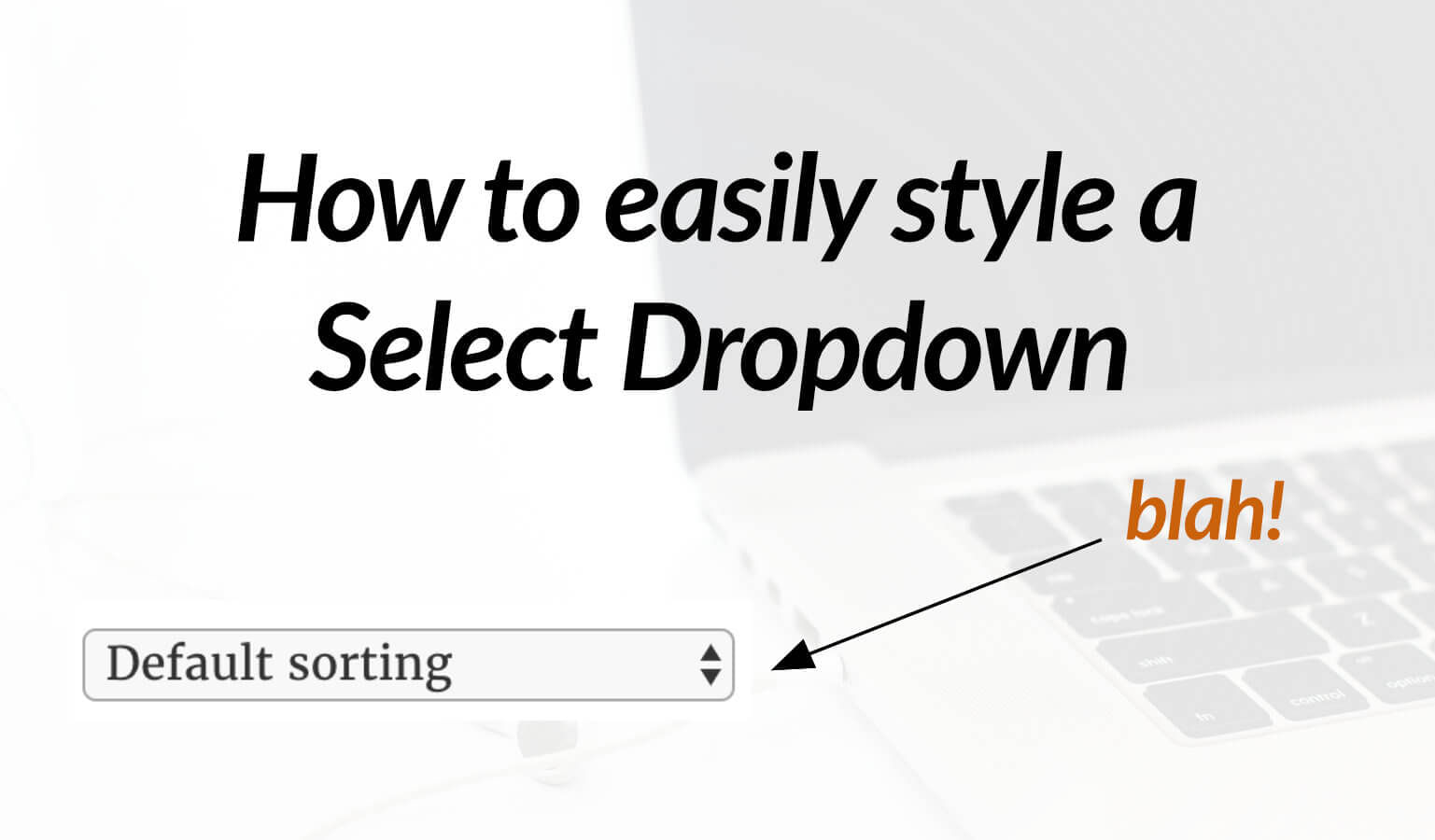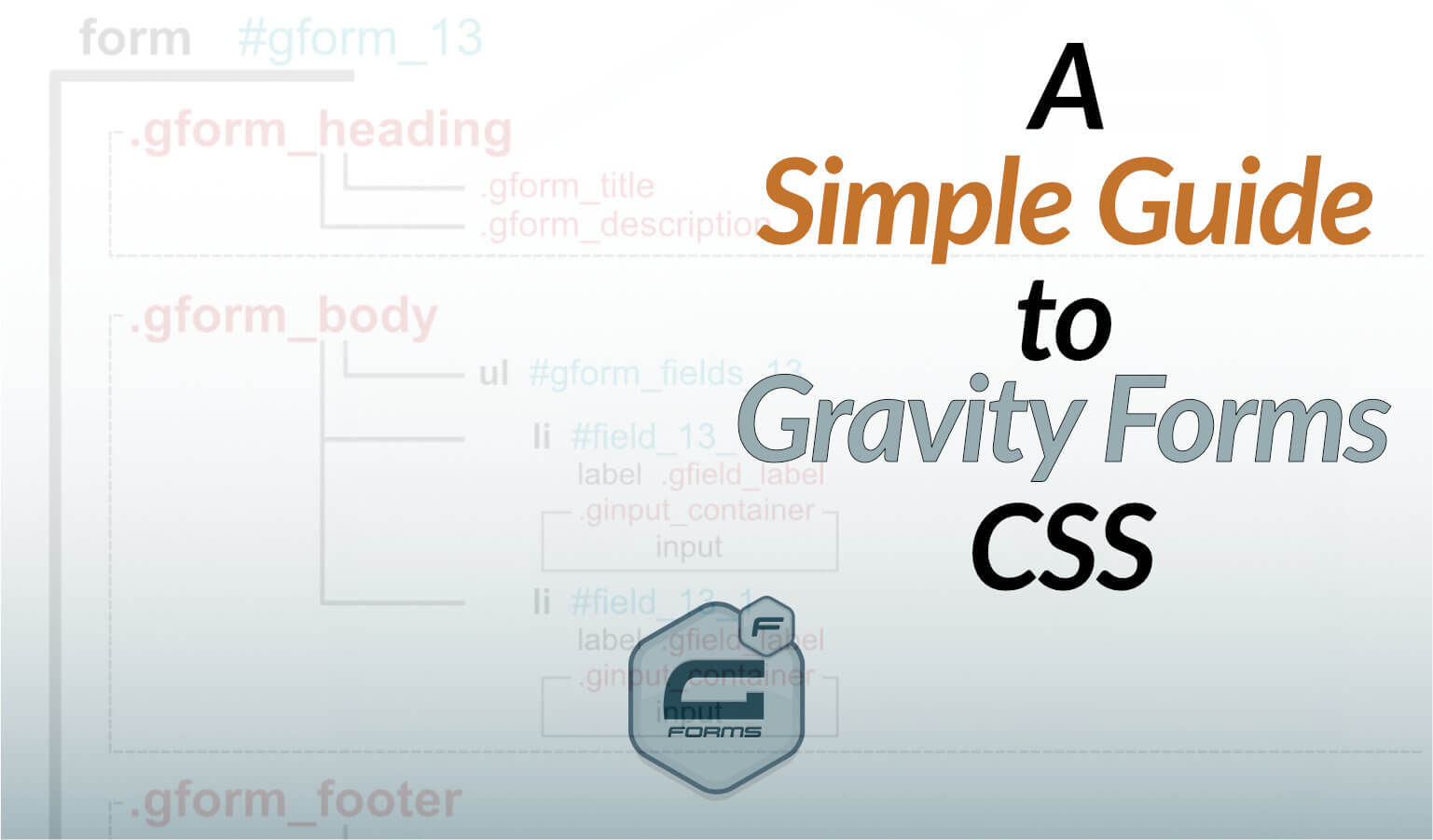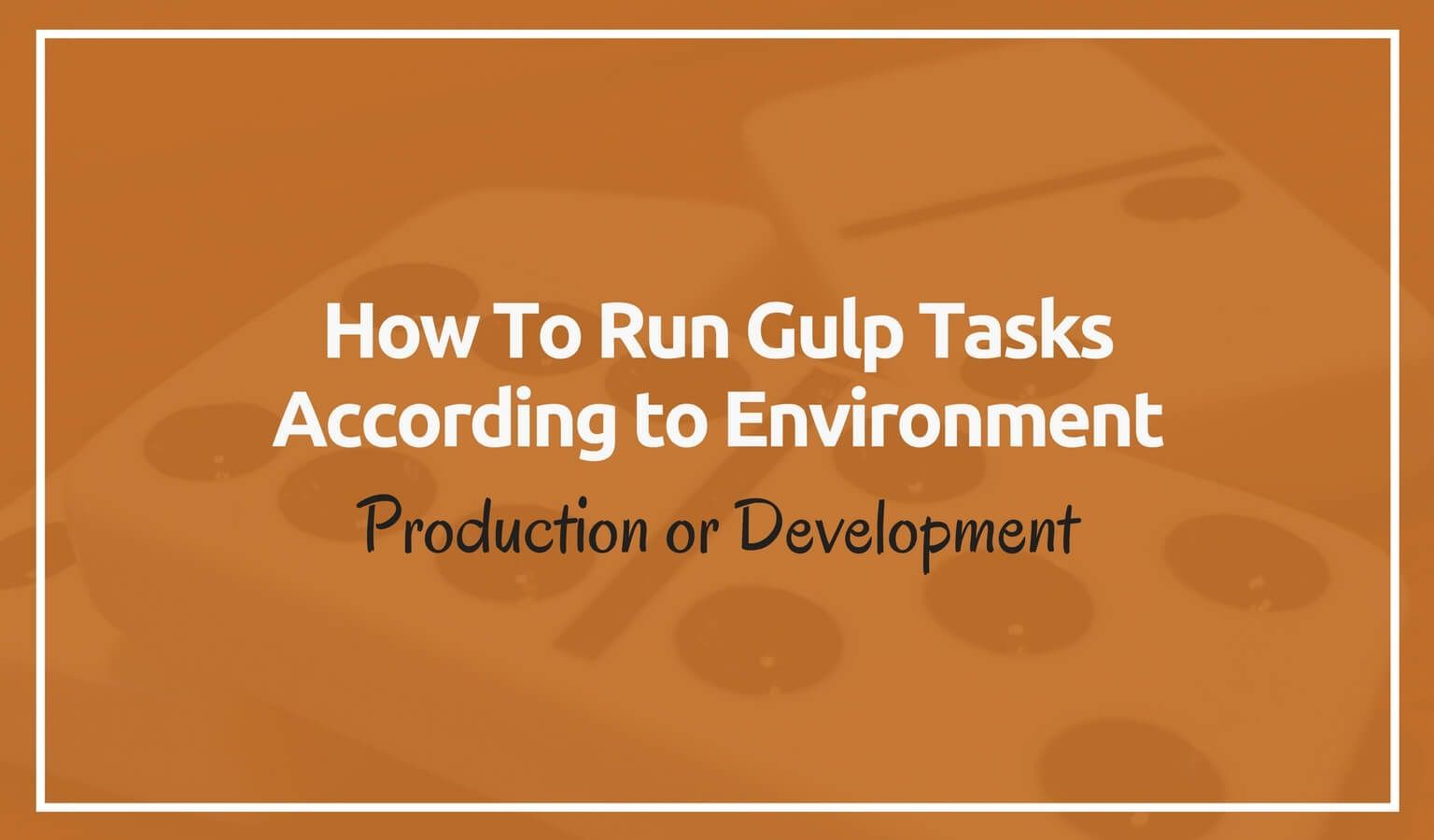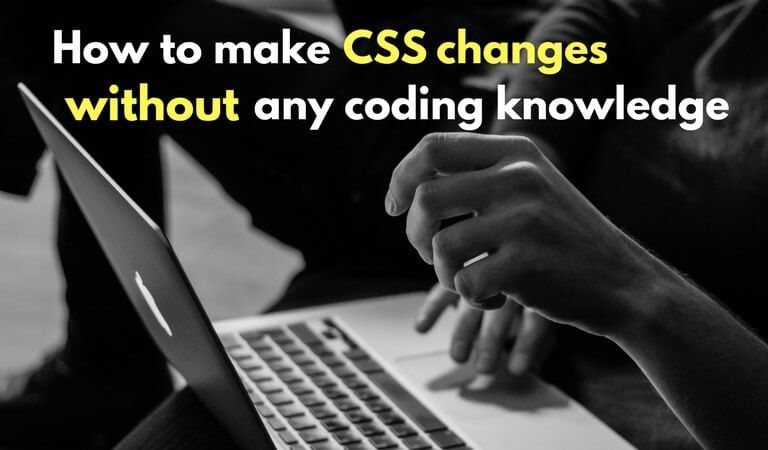The pulse effect is a popular and eye-catching CSS animation that can draw attention to important elements on your webpage.
Here’s how to create and use pulse animation in CSS:
Basic Pulse Effect Animation
To create a basic pulse animation, we’ll use CSS keyframes to scale an element up and down repeatedly.
Here’s a simple example:
@keyframes pulse {
0% {
transform: scale(1);
}
50% {
transform: scale(1.1);
}
100% {
transform: scale(1);
}
}
.pulse-element {
background-color: #3498db;
border-radius: 10px;
padding: 10px;
color: white;
animation: pulse 2s infinite;
}And the result:
The @keyframes animation called pulse scales the element up to 110% at the midpoint and back down to its original size, creating a pulsing effect.
Then the pulse-element css has an animation property that references that pulse, sets the duration to 2 seconds, and runs infinite (never stops pulsing).
The rest of the css is just to style the button and not directly related to the animation.
Customizing the Pulse Effect
You can customize various aspects of the pulse animation to control the speed and feel of the pulse:
Duration and Timing
.pulse-element-2 {
animation: pulse 1.5s ease-in-out infinite;
}Scale
Modify the scale values in the keyframes to change the intensity of the pulse:
@keyframes pulse {
0%,
100% {
transform: scale(1);
}
50% {
transform: scale(1.3);
}
}Color
Add color transitions to enhance the effect:
@keyframes pulse {
0%,
100% {
transform: scale(1);
background-color: #3498db; /* blue */
}
50% {
transform: scale(1.1);
background-color: #f5841f; /* orange */
}
}Extreme, yes, but you get the point.
Use Cases for Pulse Animation
- Call-to-Action Buttons: Make important buttons stand out by adding a subtle pulsing effect.
- Notifications: Use pulse animations to draw attention to new messages or alerts.
- Loading Indicators: Create pulsing dots or circles to indicate loading states.
- Highlighting Features: Pulse animations can guide users to new or important features on your site.
Advanced Techniques
Glow Effect:
Combine the pulse with a box-shadow to create a glowing pulse:
@keyframes pulse-glow {
0%,
100% {
transform: scale(1);
box-shadow: 0 0 0 0 rgba(52, 152, 219, 0.7);
}
50% {
transform: scale(1.05);
box-shadow: 0 0 0 10px rgba(52, 152, 219, 0);
}
}
.pulse-glow {
animation: pulse-glow 2s infinite;
}Staggered Pulses:
Create multiple elements with staggered animations for a ripple effect:
.pulse-ripple {
animation: pulse 2s infinite;
}
.pulse-ripple:nth-child(2) {
animation-delay: 0.5s;
}
.pulse-ripple:nth-child(3) {
animation-delay: 1s;
}Think a list or row of items that you want to animate at different times as you hover or click.
I’ll link to a great example for this one. Go check it out!
Browser Compatibility
Pulse animation using CSS transforms and keyframes is well-supported across modern browsers.
It’s good practice, however, to consider using vendor prefixes or a CSS autoprefixer to ensure compatibility in the case that old browsers or incompatible browsers are used.
Conclusion
By mastering the pulse effect in CSS animations, you can create more engaging and dynamic web interfaces that guide user attention and enhance the overall user experience of your website.
This page may contain affiliate links. Please see my affiliate disclaimer for more info.



